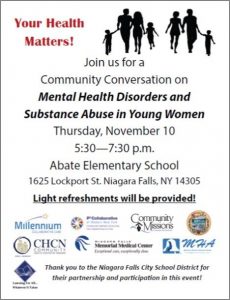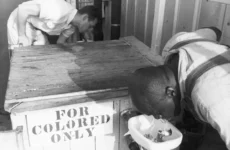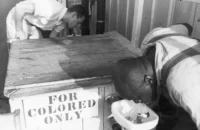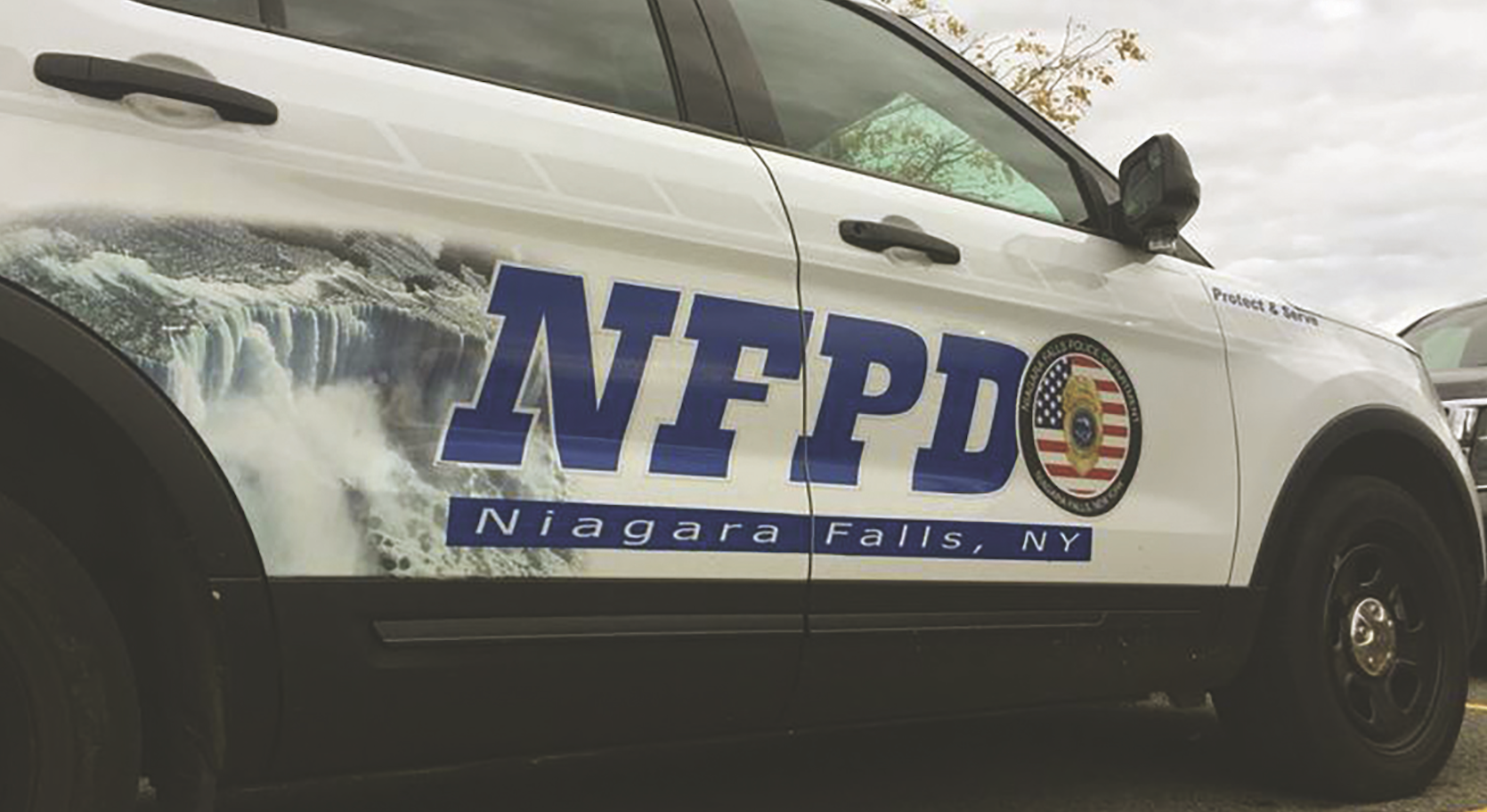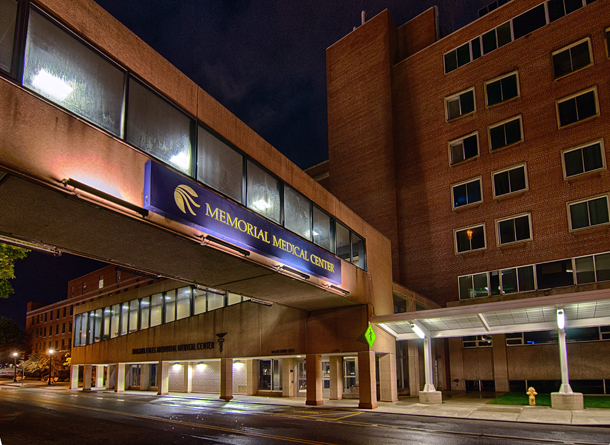Maybe we’re just a little bit dense, but we’re having a little trouble understanding some of the language of the Government Directed Health Care Industry.
Help us out.
For example, among Niagara Falls Community events scheduled for this week is a public forum titled “A Community Conversation on Mental Health Disorders and Substance Abuse in Young Women”, to be held at Abate School this evening (Thursday) from 5:30 to 7:30 pm.
According to a press release “the gathering will focus on such issues as mental and behavioral health, including prenatal care… Speakers from supporting organizations will address such topics as strategies to help people avoid addiction, connecting individuals with prenatal and preventative care services, and identifying supportive resources for people and loved ones dealing with addiction and mental health disorders.”
So far so good. But in order to decide if this forum warrants our time and attention we want to know a bit about the organizers.
The event is being put on by something called Millennium Collaborative Care, PPS of Buffalo (“Igniting Healthcare Change in WNY).
“Igniting” sounds like fun – especially if it’s in a park when the cops aren’t around – but what do they do to ignite healthcare change in WNY?
Millennium Collaborative Care, PPS describes its mission as “a diverse, innovative, community-based collaboration to enable healthier people, better care, and smarter spending for all in Western New York.”
So far, so good. Who could be opposed to healthier people, better care and smarter spending? But how do they perform this noble mission?
“Millennium Collaborative Care, a Performing Provider System (PPS), is igniting healthcare change by partnering with physicians, healthcare providers and community-based organizations to improve the delivery of healthcare for Medicaid patients across the eight counties of Western New York. We are teaming up in five areas to create a better healthcare system for all: Acute Care, Ambulatory Services, Behavioral Health, Community Engagement and Post-Acute Care. We are supported by a dedicated, inclusive governance and advisory organization. Working together, our focus is on connecting each patient to the quality healthcare that is needed at the right time.”
If we read this right, the Group holding the forum, as a PPS, is in effect sort of a matchmaking organization that connects patients with quality healthcare.
But how does a PPS do that? Evidently through New York’s “MRT Waiver Amendment Delivery System Reform Incentive Payment (DSRIP) Program”
According to the New York State Dept. of Health document titled “DSRIP Frequently Asked Questions (FAQs) – New York’s MRT Waiver Amendment Delivery System Reform Incentive Payment (DSRIP) Program”, “The entities that are responsible for creating and implementing a DSRIP project are called ‘Performing Provider Systems’, abbreviated ‘PPS’. Performing Provider Systems are providers that form partnerships and collaborate in a DSRIP Project Plan.”
Let’s try to get this straight. Millennium Collaborative Care, a PPS putting on the program at Abate later today, is charged with implementing a Delivery System Reform Incentive Payment (DSRIP) Program.
The six-year DSRIP program, a New York State initiative being implemented by the Cuomo administration under the Affordable Care Act (“Obamacare”) from 2014 to 2019, is costing New York State taxpayers $6.42 billion, for DSRIP Planning Grants, DSRIP Provider Incentive Payments and DSRIP Administrative costs, according to the state Dept. of Health.
We repeat, $6.42 billion. For DSRIP.
But what do they do?
The Dept. of Health guide reveals:
Q: How does the Statewide Health Innovation Plan (SHIP) relate to DSRIP?
A: SHIP and DSRIP can be considered synergistic. SHIP focuses on leveraging the work done with the state on the Patient Centered Medical Home (PCMH) by all payers, as well as the HIT connectivity being built through the Statewide Health Information Network of New York (SHIN-NY). In this context, SHIP will focus, in part, on building the Advanced Primary Care Model from the work done on the PCMH, building the All Payer Database (APD) to further build the analytics on health care in New York State, and enhancing the reach and utilization of the SHIN-NY to enhance the coordination and transparency of health care. With these three key pieces in place, quality of care can be monitored more efficiently and effectively, allowing payment reform to focus on payment for outcomes/payment for performance, one other key goal of SHIP.”
What does that mean?
The unintelligible, almost gibberish explanations for the program make it hard at first to understand.
We know this: Obamacare. $6.2 billion. The constant quest for more Government money by non-profits. High discretionary authority for bureaucrats. Goals based on government payouts, or vice versa, but with marginal monitoring in any traditional sense.
Does it work?
A forum will be held at Abate School by a PPS. It has lofty-sounding goals – of helping young women with mental disorders and drug addictions.
Who will attend? What does it cost? Are the government payments made simply for holding the gathering even if not one actual drug addicted young woman attends?
Will the net result of the spending of $6.2 billion be better health and more efficient delivery of services, which in the long run is an investment that could pay dividends?
You can’t prove it by the language these PPS’s speak.

